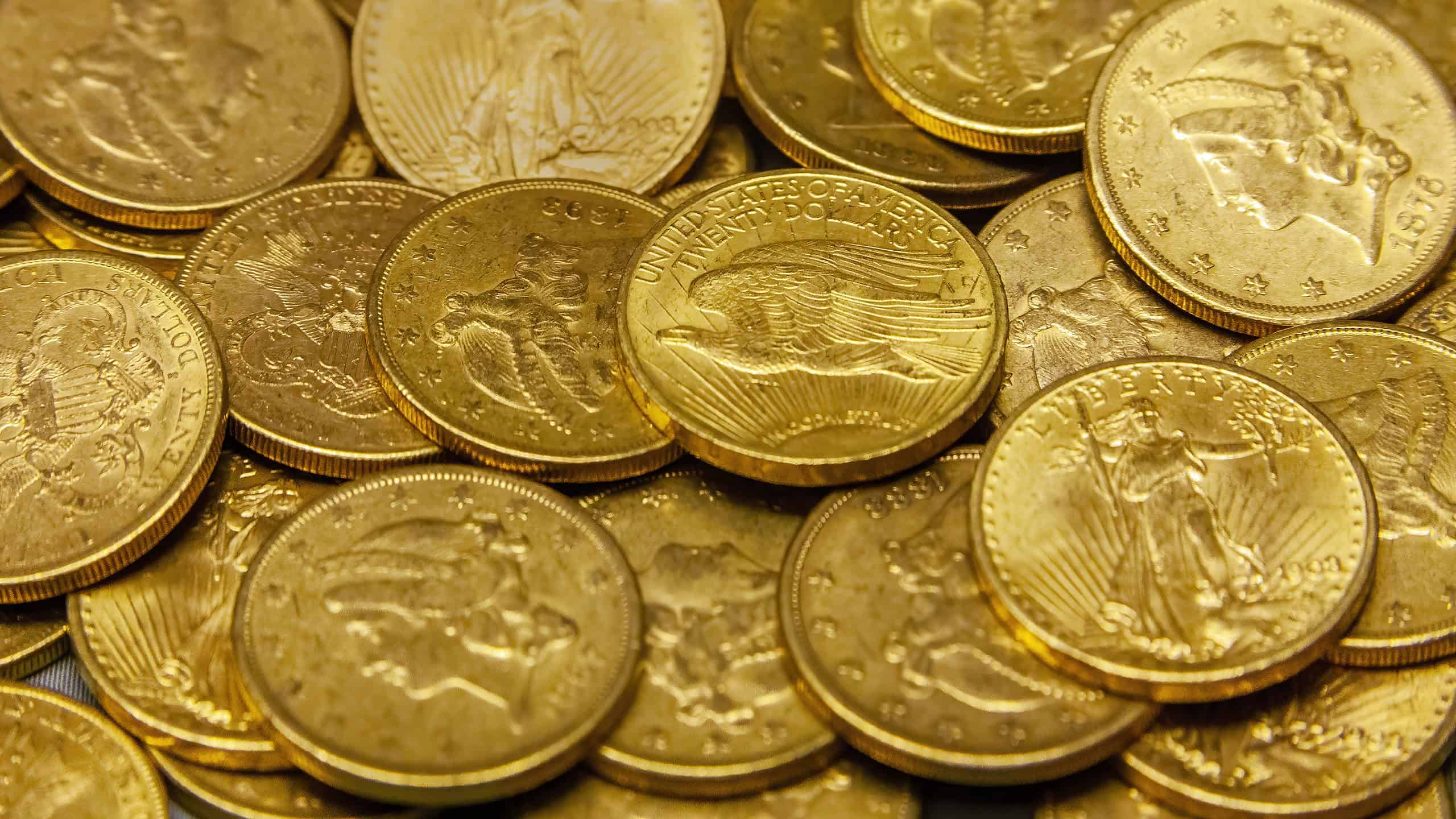
"Gold has been the quintessential symbol of wealth and security, remaining a key part of national and international economic strategy for modern countries, particularly for hedging against inflation."
"Central banks globally, especially in emerging markets, have continued to buy bullion amid geopolitical uncertainty and economic turbulence, with annual purchases exceeding 1,000 tons for three consecutive years."
"The United States holds around 8,133 metric tons of gold, with gold accounting for about 75% of its foreign reserves, highlighting its importance to U.S. economic strategy."
"Germany holds over 3,350 metric tons of gold and has prioritized financial stability through its impressive gold reserves, which includes efforts to repatriate gold in recent years."
Gold remains a vital symbol of wealth and security, serving as a key element of national and international economic strategies in modern countries. Central banks utilize gold to mitigate risks associated with inflation, currency fluctuations, and financial crises. Global demand for gold is strong, particularly as emerging markets increase their bullion purchases amid ongoing economic and geopolitical tensions. The United States holds around 8,133 metric tons of gold, comprising about 75% of its foreign reserves, while Germany follows with over 3,350 metric tons, underscoring the importance of gold in securing financial stability.
Read at 24/7 Wall St.
Unable to calculate read time
Collection
[
|
...
]